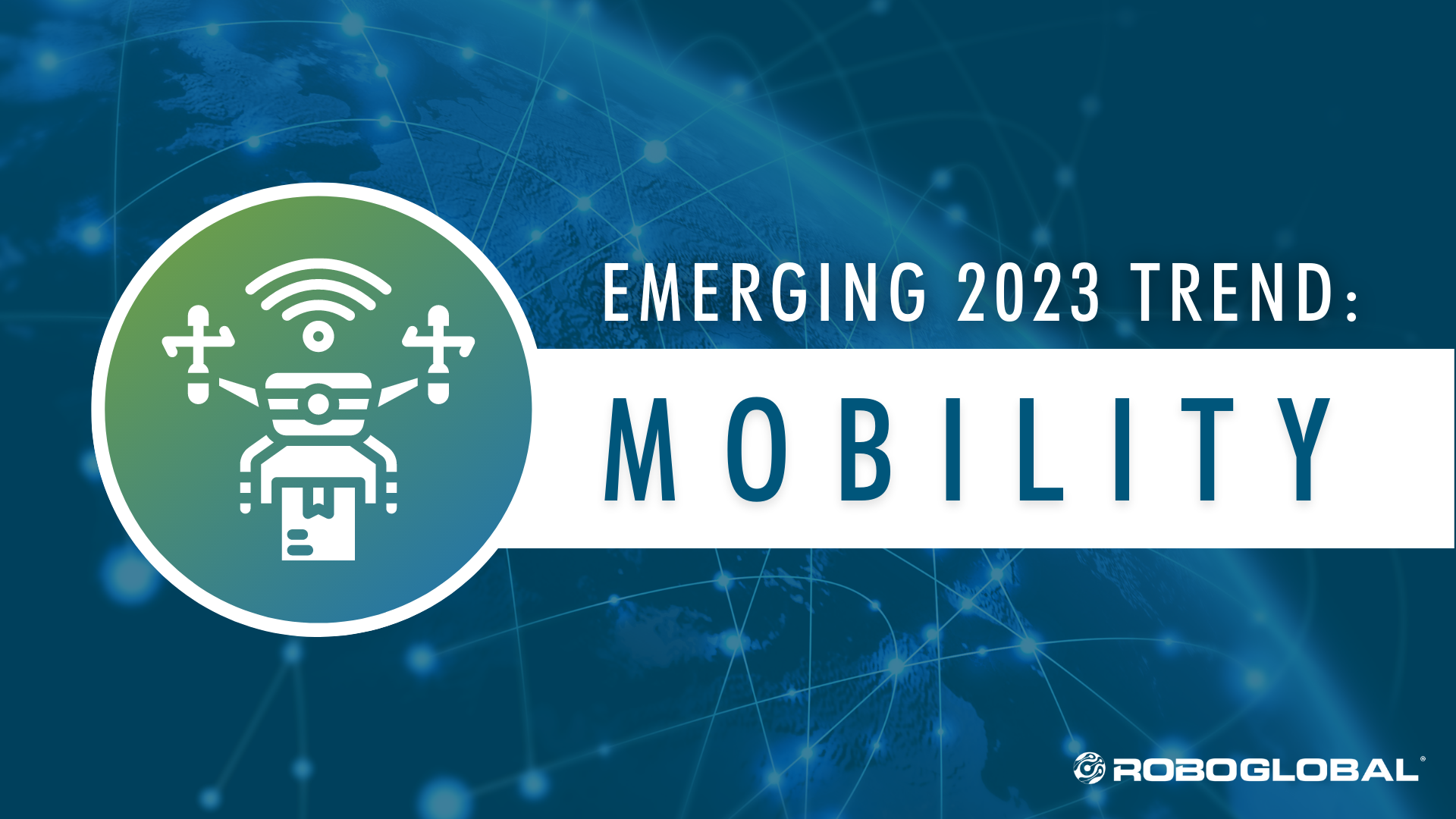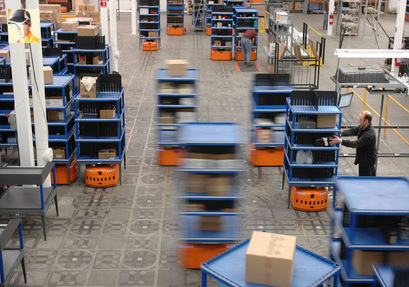While it’s nearly inevitable that there will be some crazy headlines following the shopping frenzy that has come to define Black Friday, investors have their sights not on the shopping brawls, but on the trajectory of Cyber Monday—and the stock prices of the companies behind e-commerce.
Anyone who shops—for anything at all—is well aware of the tremendous rise of e-commerce. It’s been a fast and furious two decades of constant adoption and escalation, and all fingers point to exponential growth to come. According to data from e-commerce analyst Emarketer[1], global retail eCommerce sales are expected to rise 23.2%, to $2.29 trillion in 2017, making it the first time e-commerce sales will account for one-tenth of total retail sales worldwide. In the U.S., online sales are expected to grow by 15.8% to reach $452.76 billion in sales. Of that total, Amazon is poised to capture a whopping 43.5%—or just under $197 billion.
Those numbers illustrate a dramatically different story than in 1999. That year, Amazon celebrated its fourth birthday, Jeff Bezos predicted the death of the strip mall, and global e-commerce hit $150 billion for the first time. Already, at least a few retailers were beginning to ponder the long-term impact of e-commerce on their futures. If only they’d had a crystal ball!
Today, retailers who even hope to still be in business to see holiday sales in 2020 are doing everything possible to adapt to this new reality—and fast. The key to survival is robotics, automation, and artificial intelligence (or “RAAI”), and the companies who are delivering those much-needed tools for retail survival are quickly becoming Wall Street’s newest darlings. Daifuku provides logistics automation to professional service robots. Solutions from Zebra Technologies are helping make the leap from traditional brick-and-mortar to e-commerce. Warehouse automation leader KION Group is making it possible to meet the demand for almost immediate delivery. These companies and much more across the e-commerce supply chain are helping retailers around the world to increase warehouse efficiencies, expedite product delivery, and enable personalized customer service.
If it seems the shift to e-commerce has happened at lightning speed, buckle your seatbelt, because the evolution is poised to accelerate to a whole new level of change. Amazon recently filed patents for augmented reality solutions that allow customers to try on jewelry and test furniture in their own homes—virtually, of course. Other patents include designs for drone, underwater, and “beehive” warehouses, as well as mobile ground-based fulfillment centers. Its retail rival, Walmart, has filed its own flurry of patents for automating the checkout process, guiding shoppers’ in-store experiences, and even flying drones throughout the store to assist customers. To compete with Amazon, Walmart is fighting with two fists—its fast-growing digital presence and it's more than 5,000 physical stores nationwide.
Rivalry often drives innovation, and the battle between Amazon and Walmart is no exception. As these giants continue to fight it out for the title of retail king, demand for the technologies that support their innovation is increasing rapidly. Within the ROBO Global Robotics & Automation Index, stock prices for the 13 companies in the logistics automation sector have jumped 51% year to date. Companies who focus on actuation (the technologies that enable robots of all kinds to move, manipulate, and “see”) have risen a stunning 107%.[2] It’s no wonder. These are the technologies that are enabling the retail vision of tomorrow. As a result, ecommerce is driving the bus when it comes to innovation in robotics.
From Amazon and Walmart to smaller retailers online and off, any company that wants stay in the game is now 100% focused on using robotics, automation, and artificial intelligence to adopt and adapt to today’s world of digital shopping. The good news for investors: this demand for innovation is translating directly into opportunities across the retail supply chain. Warehouse automation. Robot-assisted manufacturing. Robotics actuation. Drones. Artificial intelligence. Every one of these technologies is helping retailers address the urgent need to deliver a better, faster, cheaper, and more personalized shopping experience. And the companies that are delivering those technologies are poised for unimaginable growth.
Whether you plan to kick off your holiday shopping by braving the crowds at your favorite retailer on Black Friday or by shopping from the comfort of your couch on Cyber Monday, grabbing the best deals of all may come not from participating in the holiday shopping frenzy, but by investing in the robotics, automation, and artificial intelligence companies that are already transforming how, where, and even why we shop.
The ROBO Global® Robotics and Automation Index and the ROBO Global® Robotics and Automation UCITS Index (the “Indices”) are the property of ROBO who have contracted with Solactive AG to calculate and maintain the Indices. Past performance of an index is not a guarantee of future results. It is not intended that anything stated above should be construed as an offer or invitation to buy or sell any investment in any Investment Fund or other investment vehicle referred to in this website, or for potential investors to engage in any investment activity.
By: William Studebaker, CIO & President, ROBO Global
[1] “E-commerce Market is on the Rise in the U.S and Around the World”, PR Newswire, November 16, 2017
[2] Per data provided by Bloomberg as of November 17, 2017





